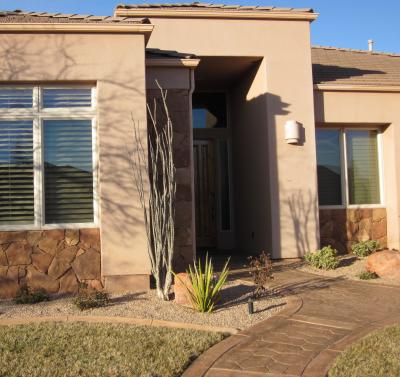|
Unique desert-plants are like pieces of art
To add artistic and unique qualities to a design, desert-plants are the answer. These unique textures and colors will bring desert surroundings to life. These varieties may have a sage color with small leaves or the plants may have large leaves with intense flowers during spring and shrivel up during the heat of summer. Each variety has a way of surviving the extremes of the desert and contributing to the beauty of the scenery. 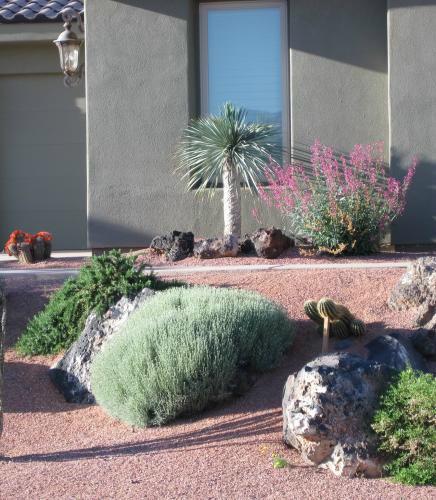
By using a variety of different desert-plants you can create a look that is pretty much the same all year long, but is enhanced by the different flowers at different times, to accentuate the contrast elements in the landscape such as boulders, stone structures entries and pathways. 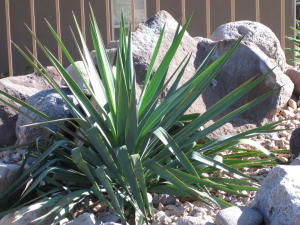
Yucca plants give their contribution with their spiny pointed leaves and colorful tall seed stalks topped with flowers. Yucca plants comes with several different shaped leaves and a spectrum of different flower plumes. These plants look pretty much the same year around except for when they propagate. They grow a tall stalk with flowers on it,and after the flowers dry out the seeds drop into the wind. The flower stalk is systematic for the plant and a very unique and colorful contribution to any landscape.
The desert is just like any other climate. It has seasons of dormancy and seasons of life. Spring is colorful in the desert and these varieties bloom again and again every year. 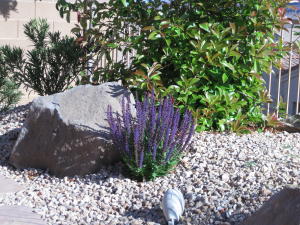
For some desert varieties the fall holds a better display of color and contrast. When the air cools magnificent things happen in the desert, Texas ranger is a good example of this.
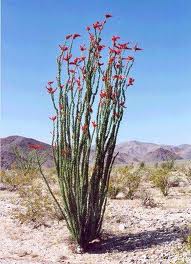
Here is an example of how I use occotillo around the home, or near an entry. It was a tight spot and the home was very tall. I needed something to soften the home and fill this little planter. Even in the winter the occotillo does a good job as an ornament to the entry of this home. This plant could be considered an It can be used near an entry or combined with boulders and stone structures or even stand alone in a landscape.

Yucca Trees

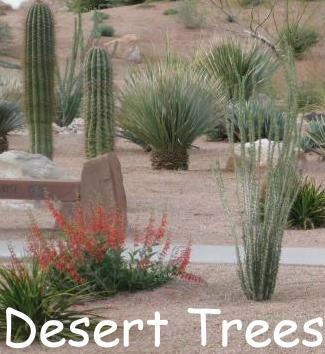

|
